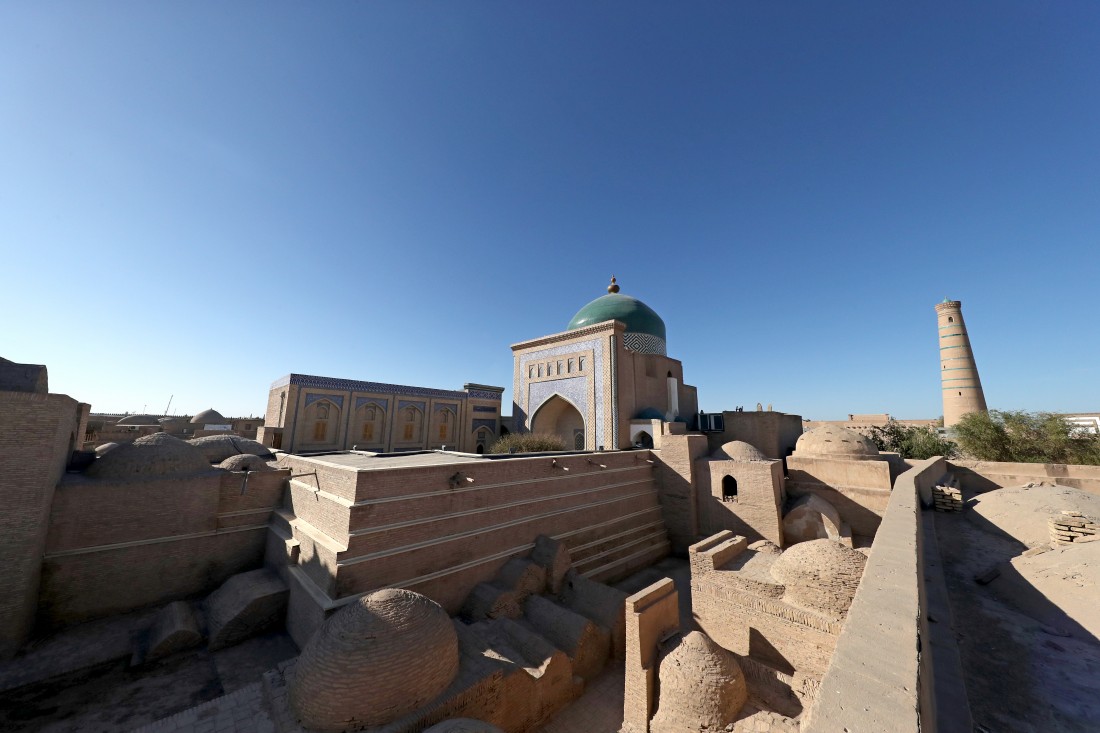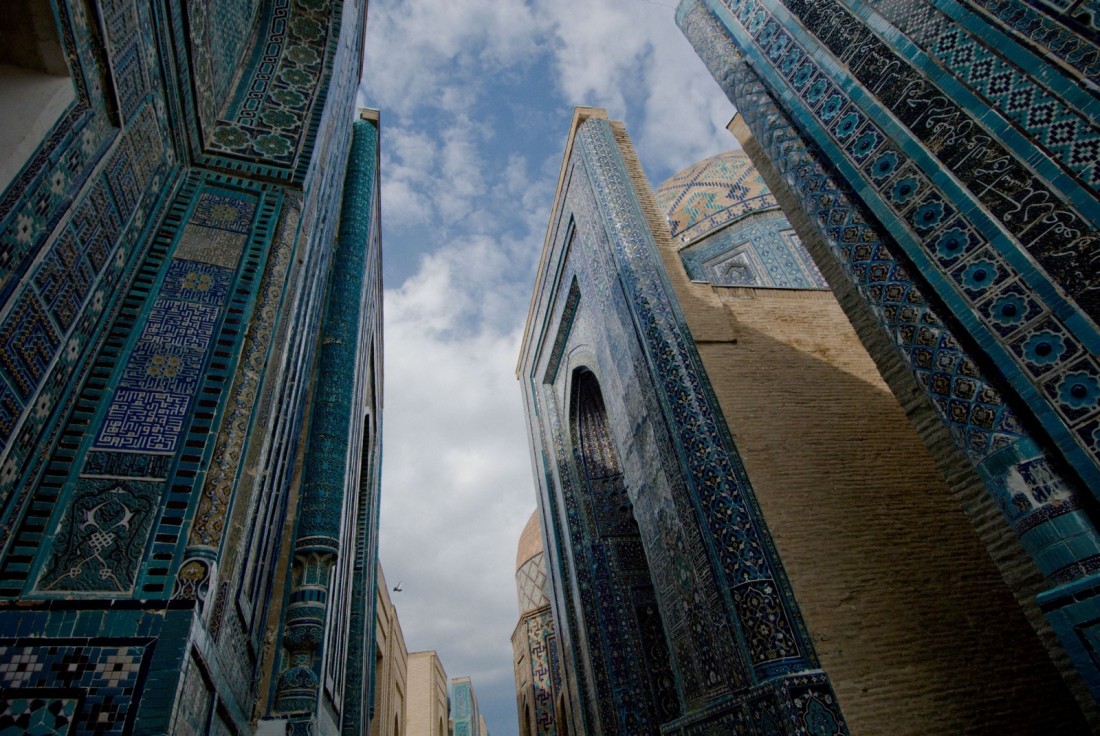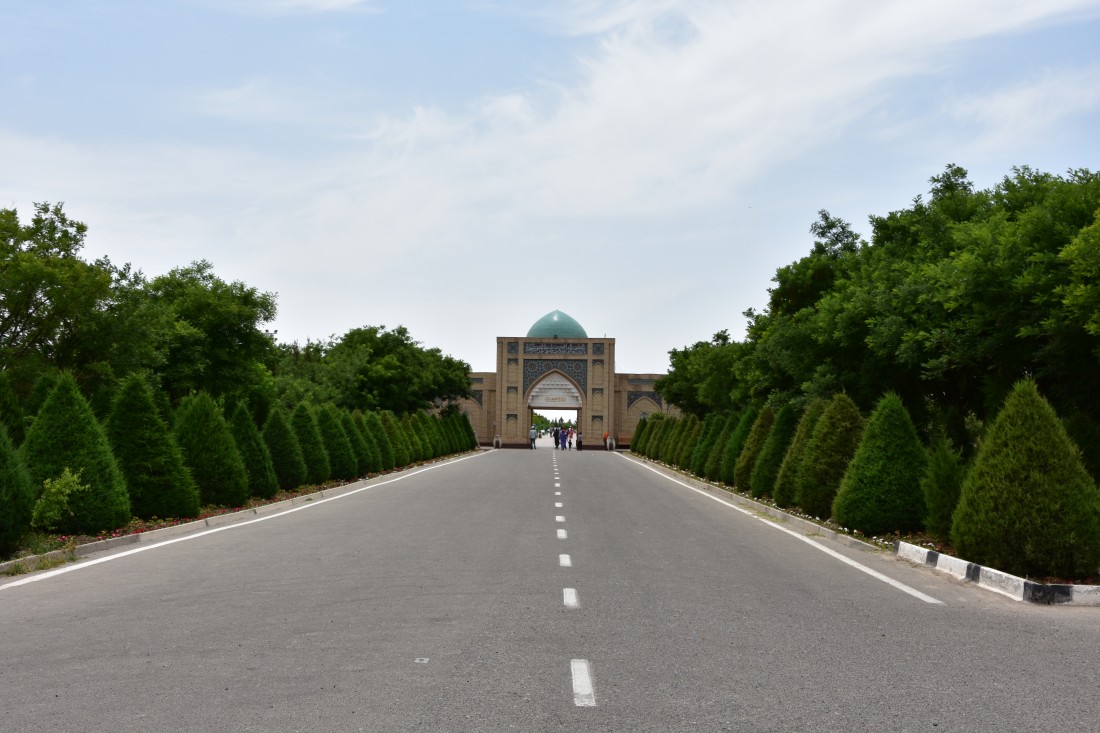In the footsteps of Ibn Battuta
This traveler is often compared to the Venetian merchant Marco Polo. If Marco Polo talked about Christian objects, then this wanderer opened and shared his impressions about Muslim tombs and holy sheikhs.
His name is Ibn Battuta. He is a cult traveler, pilgrim and merchant who managed to travel around all the countries of the Islamic world in the first half of the XIV century. His work "A Gift to the beholders about the curiosities of cities and the wonders of wandering" became an important material talking about the events and cities of that time.
Ibn Battuta is the last universal geographer-practitioner who has traveled more than 120 thousand kilometers. He was often accused of lying, calling him a "dreamer", so his travels were masterfully and interestingly written. But a number of researchers and historians believe that Ibn Battuta's descriptions “are not a figment of the imagination of a medieval hoaxer, but the result of direct observation of the described lands and peoples.”
Ibn Battuta traveled as a “Muslim scholar”, which, undoubtedly, was reflected in his work, written in the genre of “rihla” - medieval Arabic geographical literature. In his descriptions there is a narrative about miracles, holy places, tombs of Sufi sheikhs. It is noteworthy that the traveler visited the countries a century after the invasion of the Mongol army, but despite this, the once flourishing oasis cities had not recovered by that time. For example, in Bukhara, all the city citadels were destroyed, and in Samarkand, a quarter of the population died.
Gradually, by the 30s of the XIV century, the caravan routes began to be restored. During this period, Ibn Battuta visited Central Asia. In his notes, he gave a description of Transoxiana, in particular, described the rulers, their methods of government, the structure of cities, the way of ordinary residents, their traditions and customs.
There is very little biographical information about the traveler himself. It is known that he was born in Morocco in the family of a respected sheikh, came from a Berber tribe, was educated in a madrasah. Not having sufficient funds, Ibn Battuta decided to go to study in Mecca to listen to famous Muslim scholars. Thus began the great journey of the researcher.
The route turned out to be difficult, full of adventures. It lasted with small interruptions from 1325 to 1354 . Ibn Battuta walked through the Sahara Desert, visited Tunisia, Egypt, Saudi Arabia, Jerusalem, Damascus, Baghdad, Tabriz. In different years, he also visited Africa, the Far East, Yemen, East Africa, Asia Minor, the Golden Horde, India and China. The final places of the trip were Granada, Marrakech and Mali.
In 1333-1335 Ibn Battuta traveled through Central Asia, visiting Urgench, Bukhara, Karshi, Samarkand and Termez. In his notes, the wanderer described in detail architectural monuments, popular places, holy objects.
Ibn Battuta dedicated a separate chapter to the city of Urgench, the capital of the Khorezm state. With admiration, he outlined the Khorezm melon, was surprised that the melon was dried, turning it into a sweet treat. Dried melon in Uzbekistan can be tasted to this day.

The traveler told about Urgench: "This is the greatest, most beautiful, largest city of the Turks with beautiful bazaars, wide streets, numerous buildings and impressive views. The city is bustling with life thanks to the large number of residents, and it seems like an undulating sea." Ibn Battuta also mentioned Saint Nazhmiddin Kubro, whose birthplace is the beautiful city of Khiva. He described in detail how he was received by the Khorezm ruler Kutludumur: a feast was arranged in honor of the wanderer, a rich table with fruits and unusual curiosities was laid.
After staying for three weeks in Khorezm, the traveler went south to Bukhara. The researcher compares medieval Bukhara in terms of wealth with the Egyptian city of Fustat, and in terms of the abundance of bazaars and the density of buildings – with Damascus. There he visited the mausoleum of Sayf al-Din Boharzi. After getting acquainted with Bukhara, the pilgrim went to the city of Nakhshab (modern Karshi). In Nakhshab, the traveler was received in a tent by Genghisid Tarmashirin. Then Ibn Battuta visited Samarkand. The Shahi-Zinda complex and the mausoleum of Qusam ibn Abbas left a special impression. He wrote about Samarkand: "Residents of Samarkand go to visit this grave every Monday and Friday evening. Tatars also visit it; they give significant donations and bring cows, sheep, dirhams and dinars; all this is spent on treating visitors and maintaining the servants of the zawiya and the blessed grave."

The last point of the journey through the territory of modern Uzbekistan was the city of Termez. The writer mentioned how wheat and barley were exported from Termez. In Termez, he settled down with the "virtuous Sheikh Azizan, one of the main and honorable sheikhs, a rich owner of many lands and gardens. He spends his money to treat pilgrims.
Today we recommend you to make an amazing adventure in the footsteps of the great wanderer and pilgrim Ibn Battuta: Urgench ➡️ Khiva ➡️Bukhara ➡️Karshi ➡️Samarkand ➡️Termez.

Traveling through the historical cities of the Great Silk Road, you will get acquainted with the amazing culture, where the traditions of Islam and the Turkic people have been preserved. You will be able to see the architectural monuments and shrines mentioned above. In addition, you will be able to stay in yurt camps and live the life of a nomad, the same one that the traveler has lived for 29 years.
Leave a comment
By logging in, you agree to the processing personal data
See also
Workhours: 9:00-18:00, Mn-Fr
For any questions
Uzbekistan


 UZB
UZB RUS
RUS JPN
JPN ARA
ARA FRA
FRA CN
CN DE
DE POR
POR ESP
ESP TUR
TUR ITA
ITA HIN
HIN MAL
MAL





A comment
Est-il possible d’avoir des coordonnées de guides ?